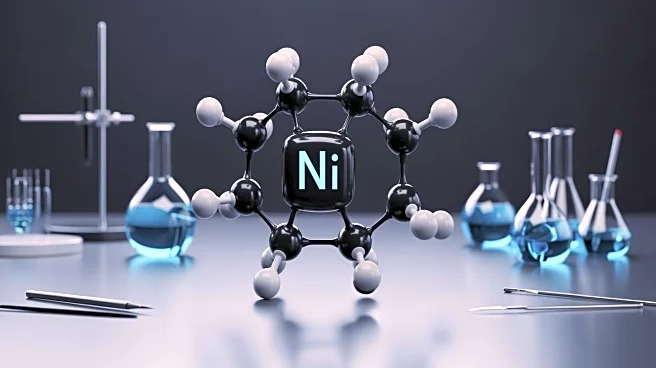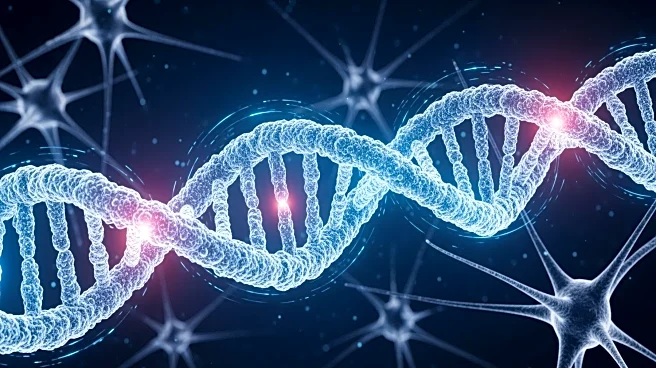What's Happening?
Researchers have uncovered the mechanism by which reptiles excrete nitrogen as solid uric acid, a process that may have allowed these animals to conserve water in dry climates. The study, published in the Journal of the American Chemical Society, involved
analyzing pee crystals from over 20 reptile species. The findings reveal that reptiles produce tiny spheres of uric acid nanocrystals, which some species directly dispose of, while others recycle to react with liquid ammonia, transforming it into less toxic particles. This discovery highlights the complex evolutionary adaptations of reptiles and suggests potential implications for understanding uric acid's role in human health.
Why It's Important?
The study's findings could have broader implications for human health, particularly in understanding the role of uric acid, which in excess can lead to conditions like gout and kidney stones. By examining how reptiles manage uric acid, researchers may uncover new biomimetic approaches to address similar issues in humans. This research underscores the importance of studying natural processes to solve complex biological problems, potentially leading to innovative treatments or preventive measures for uric acid-related health issues.
What's Next?
Further research is needed to explore the potential applications of these findings in human health. Scientists may investigate whether the mechanisms observed in reptiles can be adapted or mimicked to develop new treatments for uric acid-related conditions. Additionally, the study encourages a broader exploration of biomimetic approaches in other areas of health and medicine, leveraging evolutionary adaptations to address modern challenges.
Beyond the Headlines
The study highlights the value of interdisciplinary collaboration between organic chemists and herpetologists, demonstrating how diverse scientific expertise can lead to groundbreaking discoveries. It also emphasizes the importance of curiosity-driven research, as the initial inquiry into reptile pee crystals led to insights with potential human health applications.














